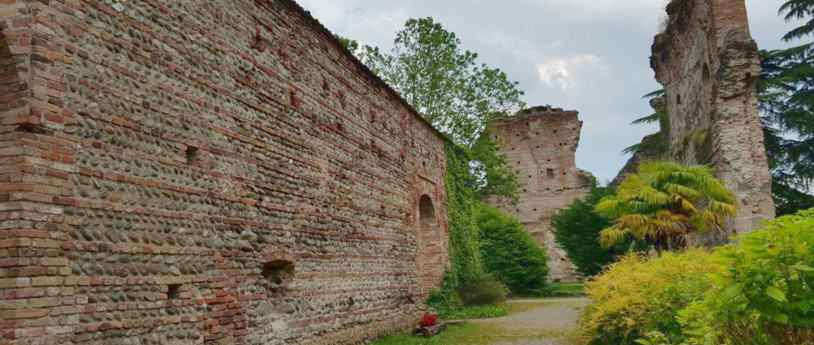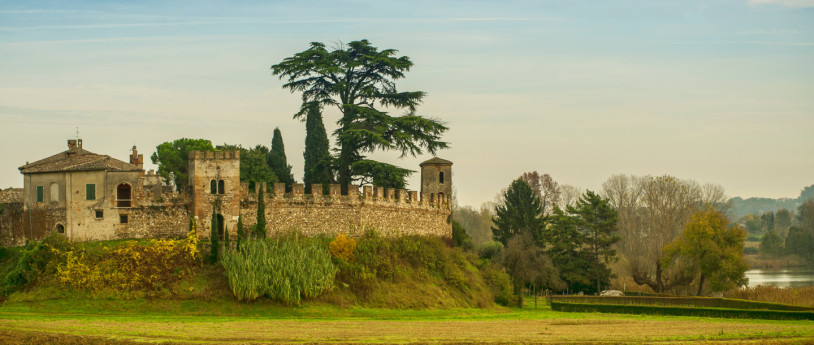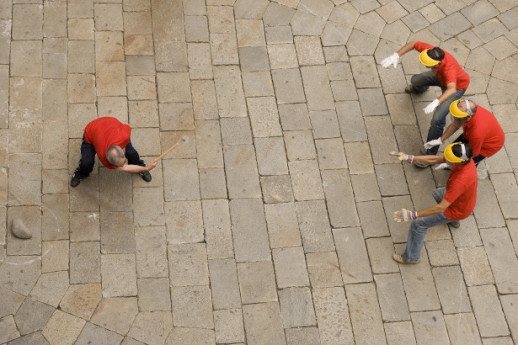5 things besides skiing that you can do in the mountains of Lombardy
Where is it written that you can only enjoy the mountains in Lombardy during the winter with skis on your feet? We would like to suggest some high-altitude activities you can do, from hiking to fat bikes, from snowshoeing to skating. Here are some alternative proposals for enjoying the splendid panoramas and pure air that only mountain peaks can give you.Take your pick! 1. Hiking and practising an alternative sportIf the objective is to be outdoors and enjoy the magic of landscapes blanketed in white, Lombardy is the ideal destination. It can be lots of fun to try a sport for the very first time, and even more fun if it involves a shot of adrenaline! In addition to the countless hikes, you can take along trails of trodden snow, there are other ways of walking on the snow... like Nordic walking or snowshoeing. A winter excursion with snowshoes on your feet is a wonderful experience and perfect for children and adults alike! Another fun alternative to skiing is ice skating. In Lombardy, you can also try the exhilaration of “rafting on the snow” with snow tubing. Amazing downhill rides with “donuts” on the snow! Many mountain locations in Lombardy also offer another excursion option that is ideal for all ages: you can enjoy the experience of sliding on the snow on a sled pulled by a team of sled dogs! 2. Pedalling on the snow with a Fat BikeFinally, two-wheel enthusiasts will no longer have to wait for spring to come to cycle in the mountains. Lombardy also offers numerous structures for renting fat bikes that organise excursions in total safety, accompanied by qualified guides.It will certainly be an opportunity to enjoy wintertime mountains in a unique and fun way. 3. Savouring tradition As a day on the snow comes to a close, your appetite will take over! One of the things to do in Lombardy during the winter is to enjoy the pleasures of fine dining by sampling traditional dishes accompanied by a glass of excellent local wine. The pizzoccheri della Valtellina (buckwheat pasta traditionally seasoned with savoy cabbage, potatoes, butter, garlic, pepper and abundant Casera cheese), regional cheeses and salami, and the many versions of polenta (grits) and desserts. The mountains of Lombardy can become a true gourmet tour! 4. Visit mountain villages With the right seasonal clothing, there are many pleasant wintry walks to be taken in the various mountain towns and villages.The heartland of northern Lombardy is a microcosm on a human scale, where there are small hamlets where it is still possible to come across small artisan workshops.Many valleys of Lombardy are oases of peace and relaxation. This makes them ideal for people seeking silence and those wishing to immerse themselves in pristine natural settings. These destinations offer a precious artistic heritage and are the keepers or age-old traditions. 5. Instagrammer for a day The effects of the colours and lights reflected by the snow transforms many excursions into the Lombard mountains true “Instaplaces”; highly suggestive and to be immortalised! But even those who are not “social addicts” will certainly be astounded by natural scenarios of breath-taking beauty!All you need to do is photograph the magical snowy landscapes that the Lombard mountains offer and share them on your account. You’re sure to get hundreds of likes!And don't forget to tag us: #inLombardia!











